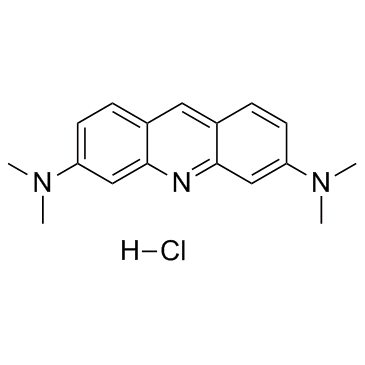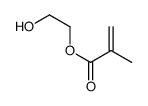| Structure | Name/CAS No. | Articles |
|---|---|---|
 |
Acridine Orange hydrochloride
CAS:65-61-2 |
|
 |
poly(2-hydroxyethyl methacrylate)
CAS:25249-16-5 |